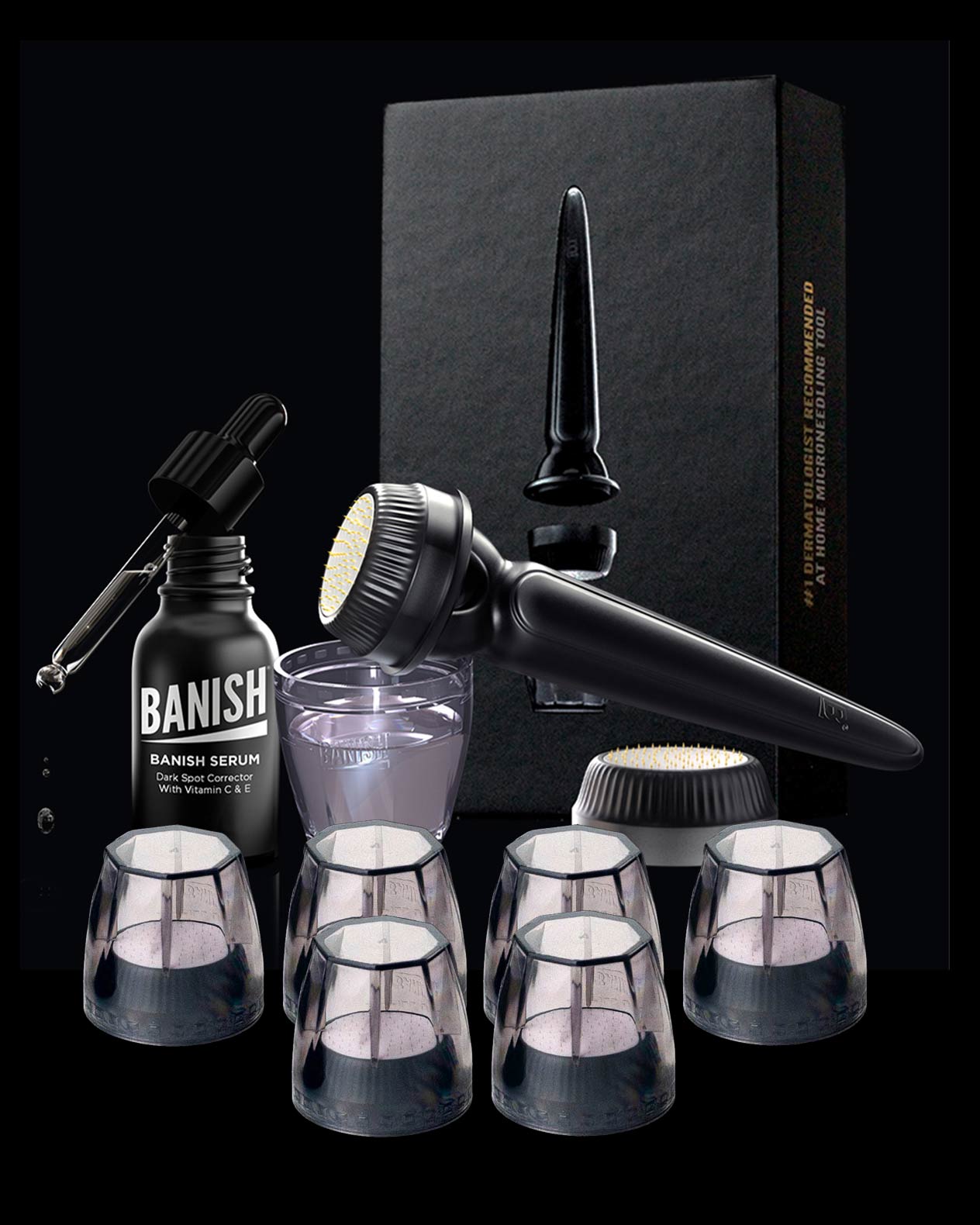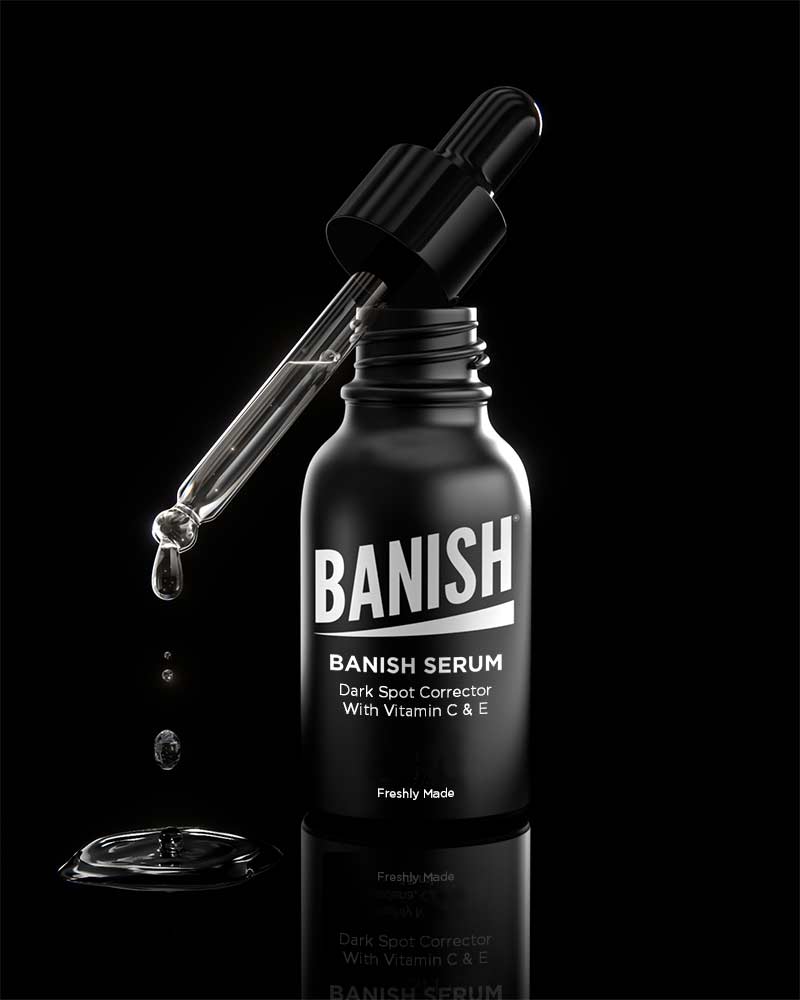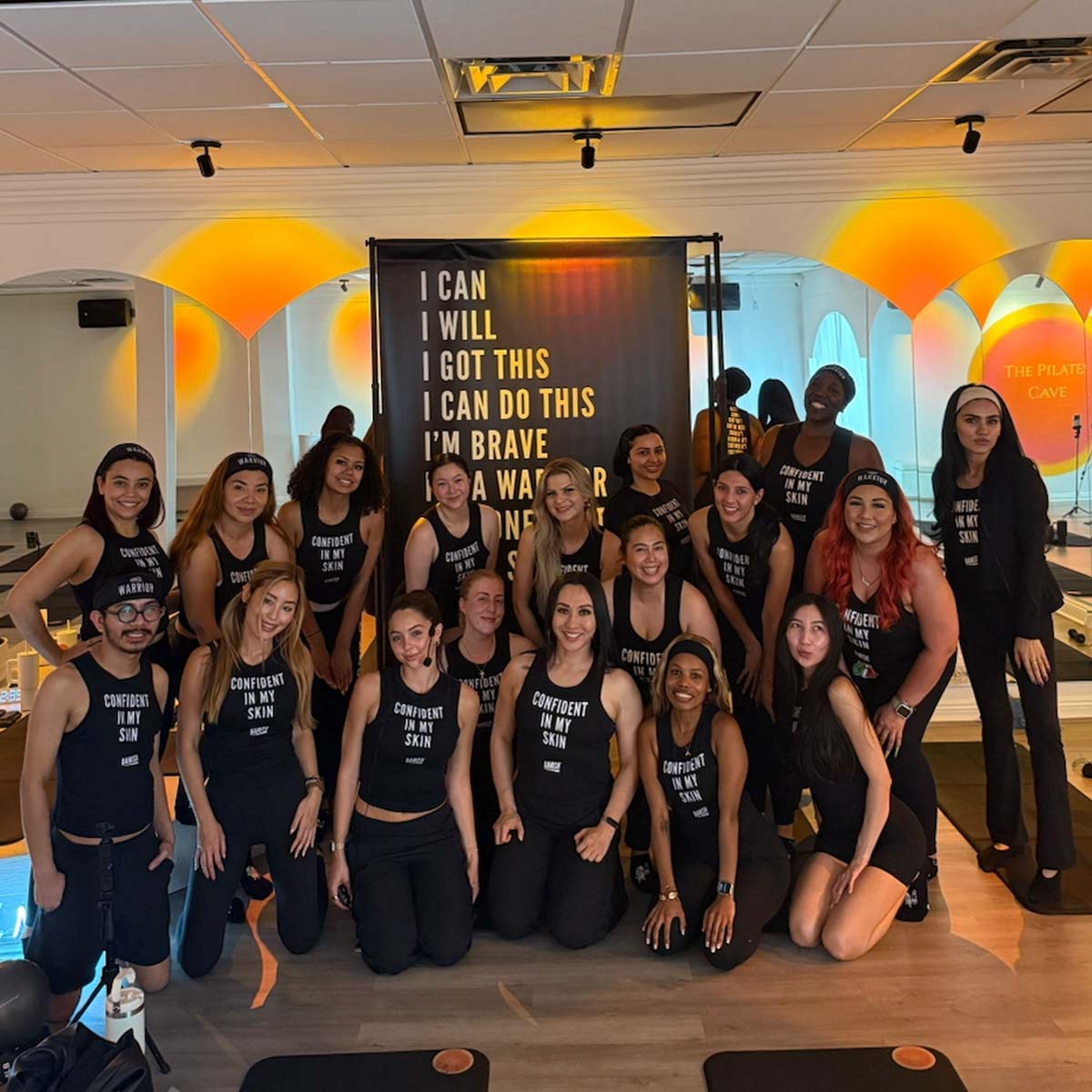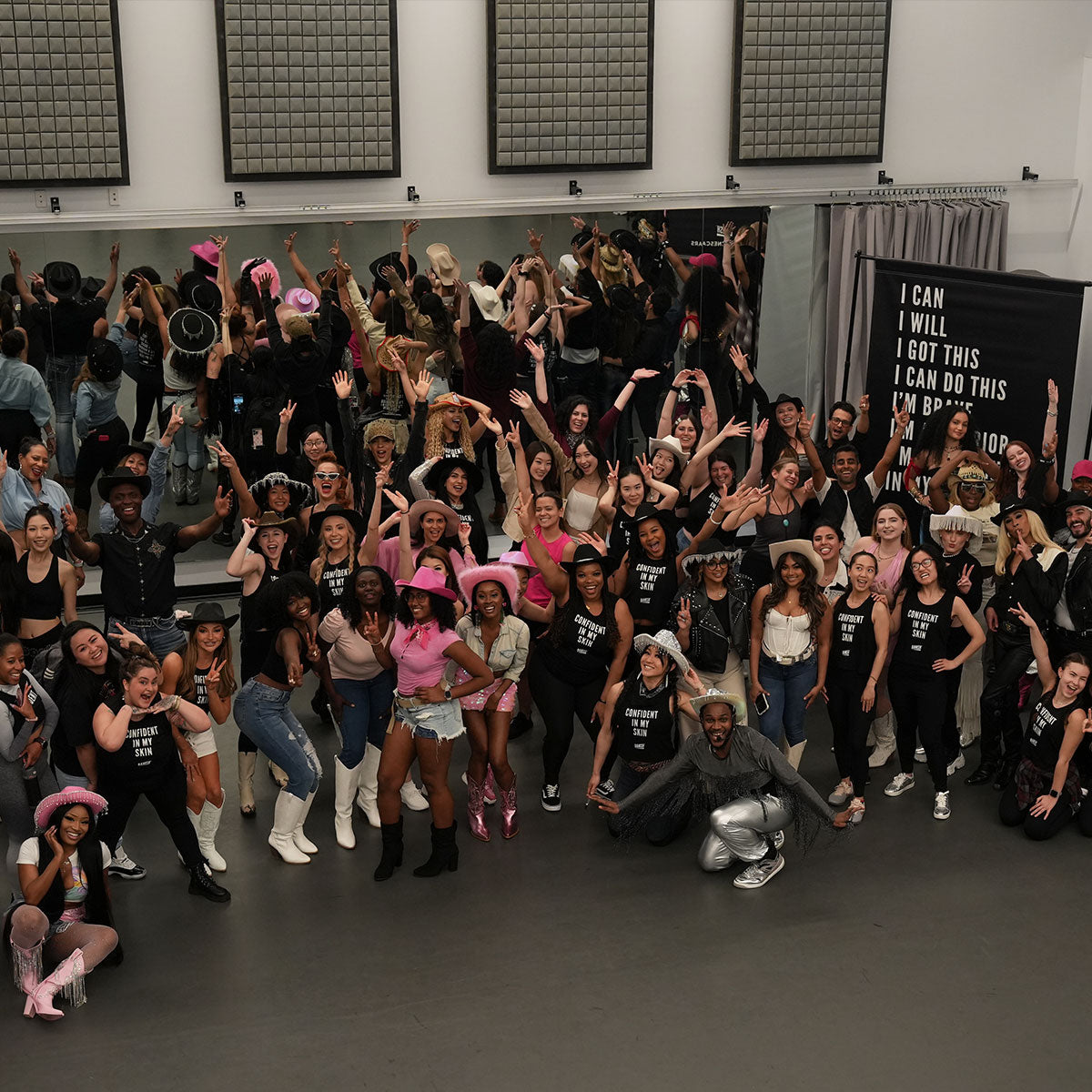
If you've never been unfortunate enough to have milia, you don't know the perplexing struggle of trying to get rid of them - and keep them away. Milia seems to be very common in my family, so it's no wonder that I also suffer from these pesky little white bumps, especially under my eye area. Like many skin conditions, milia can be genetic. But it isn't always fueled by genetics, and so, there are things we can do to help prevent milia.
The trick to treating and avoiding milia, and anything, is to understand how and why we get it.
It helps to think of milia like whiteheads - they are both composed of plugs of keratin that have become compacted and trapped in the pore like tiny cysts. However, these pesky buggers are actually caused by aging, and thus, slowed cell turnover, which is why we may see an increase in milia as we get older. Basically this means that our skin isn't shedding cells normally, which creates build-up which leads to milia. Sometimes milia can also occur based on what we put on our skin, as well as any kind of previous skin damage.
Milia is most common around the eyes because the skin in this area is very thin and more likely to experience milia due to cosmetics. However, milia can appear anywhere on the face, including on the nose and around the lips.
Sometimes milia will work itself out, usually if there's only one or two it isn't as big of an issue. You can usually wait it out and the milia will go away in time. However, when you have several of them and they're common, you need to intervene to get rid of them.
What Can I Do to Prevent Milia?
1. More isn't always better. In skin care, especially. Sometimes when our skin is damaged we tend to over-compensate by slathering ultra-moisturizing products on our face, sometimes to the demise of our skin. Too much product on the face, even good products, can prevent your skin from sloughing off the dead skin cells. Sunscreens and makeup removers are particularly nasty for this, so make sure to remove it all with a good skin care routine and be cautious of anything you put on your face. If you're noticing milia in certain areas, look at the products you use on those areas and try something perhaps not oil-based.
2. Regular exfoliation of non-delicate areas can do wonders for milia, as it helps to slough away dead skin when our own skin isn't doing an adequate job. Adding in a good, gentle BHA liquid exfoliant, even for the delicate under-eye area, can help to keep skin milia-free. Because milia form when the skin’s natural exfoliation process malfunctions, using a targeted exfoliating treatment with salicylic acid (BHA) on a regular basis will immediately improve what’s become a faulty process. You don't even need to use it on your entire face - you can just dab it on a cotton swab and spot-treat the bumps! Try this for at least a month every day/twice a day to determine if it's working for you. If this still doesn't work, you can try a stronger formula.
3. Avoid the sun. Milia can also be caused and exacerbated by sun exposure and damage. As we age our skin becomes thicker, and thus makes it more difficult to shed dead skin cells - sun damage thickens our skin, as well, so sun exposure only adds insult to injury when it comes to milia-prone skin. Sun avoidance and finding a good sunscreen are key here.
4. Retinol. Retinol can also be used on areas of your face prone to milia that aren't delicate (don't use retinols on under-eye area!). Because both retinol and prescription versions like tretinoin can change how new skin cells are formed and how they move through the pore lining to skin’s surface, they can play a role in reducing the tendency for the pores around the eyes to become clogged, leading to less under-eye milia!
Extraction. Last but not least, sometimes no matter what you do, your milia remains. In this case, you should have it extracted by a dermatologist, which is quick and painless. It's best not to try to extract milia yourself at home - you know how popping a pimple can leave hyperpigmentation behind, or even a scar? Well, milia does, too, but with a greater likelihood of skin damage. It's important to have this procedure done by someone who knows what they're doing (even a well-trained and trusted esthetician).
But the task of preventing your milia from returning is still up to you! You need to find out if it is a genetic trigger, or an environmental one; for the latter, it's important to cut out exacerbating products.
------------------------------------------------------------------------------
Guest Blog By:

I first got acne in high school, and it came back in my early adulthood. I was able to struggle through those difficult times and come out of it a stronger, wiser, healthier person as a result. I'm here to help you do the same thing!
Connect with Veganacnesufferes on: Youtube Twitter
--------------------------------------------------------------------------
If you have battle scars left after acne, try the Banish Kit! Comes with a 30 day money back guarantee.























Leave a comment
All comments are moderated before being published.
This site is protected by hCaptcha and the hCaptcha Privacy Policy and Terms of Service apply.